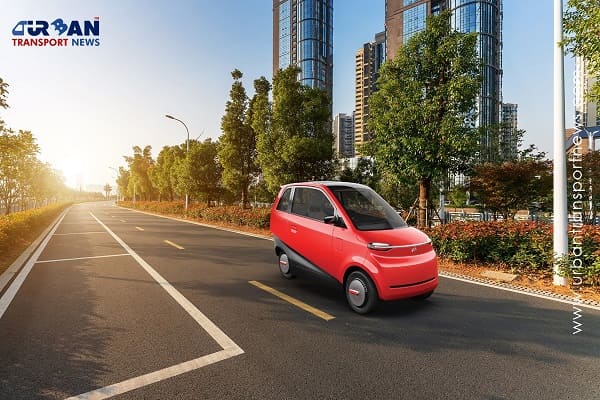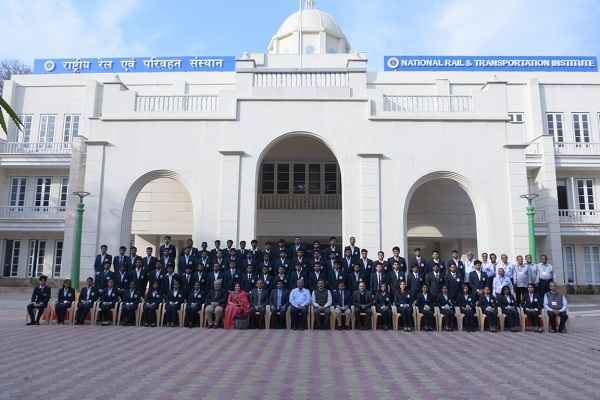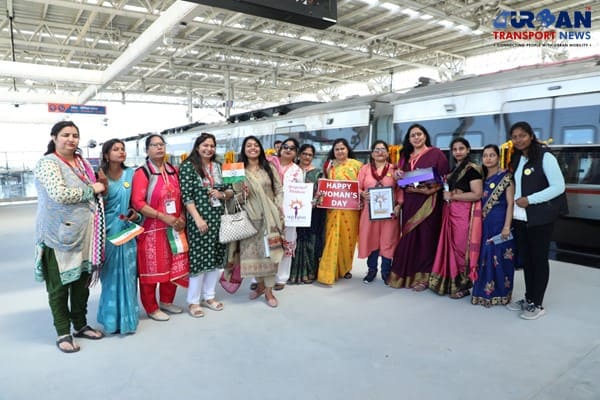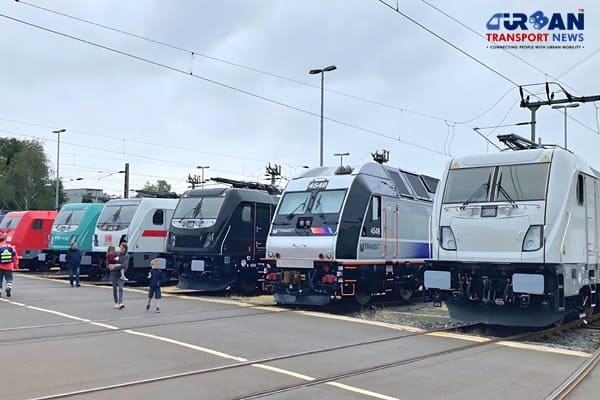 Alstom Reported €309 Million Loss in Fiscal Year 2023-24
Alstom Reported €309 Million Loss in Fiscal Year 2023-24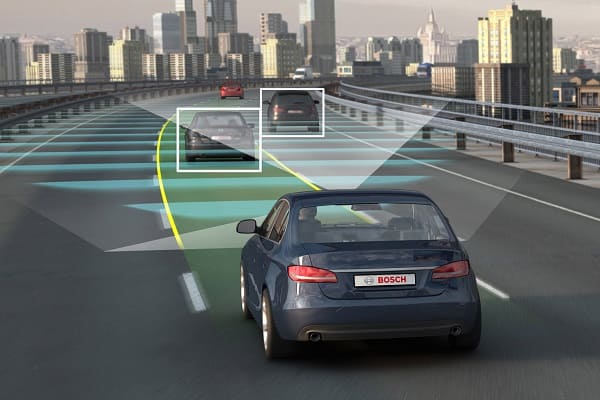 9 Innovative Technologies Enhancing Public Transport Efficiency
9 Innovative Technologies Enhancing Public Transport Efficiency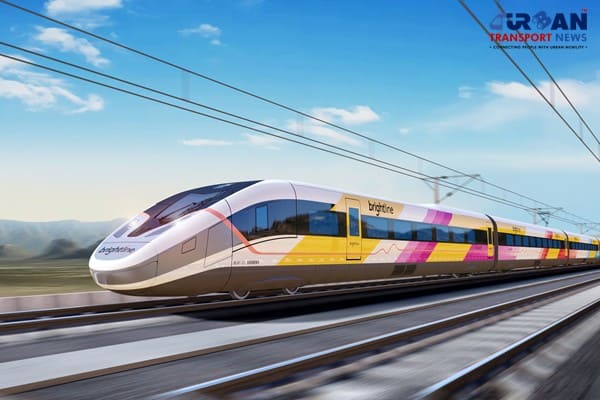 Siemens awarded contract to supply High Speed Train sets for Brightline West
Siemens awarded contract to supply High Speed Train sets for Brightline West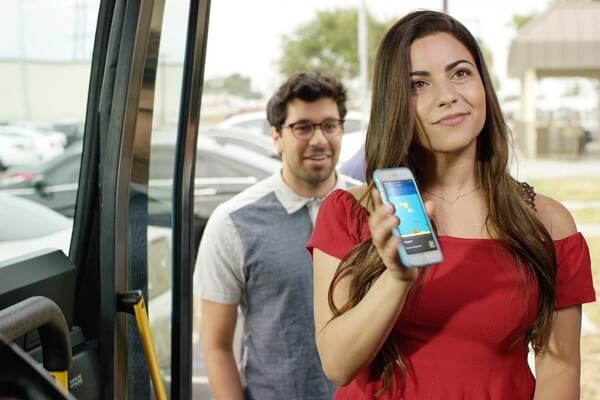 Rome becomes first European city to offer Open Loop Transit payment for global cardholders
Rome becomes first European city to offer Open Loop Transit payment for global cardholders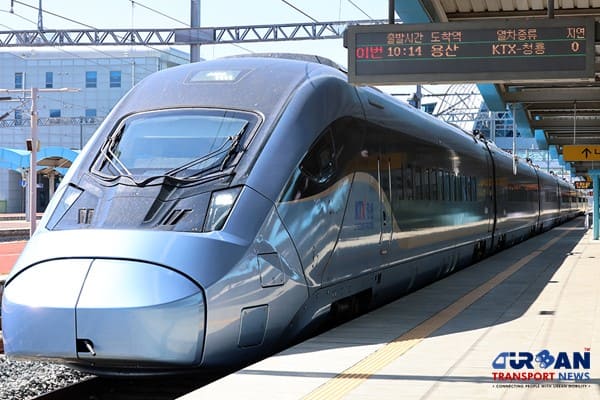 Korail unveils Next-Generation KTX-Cheongryong High-Speed Train
Korail unveils Next-Generation KTX-Cheongryong High-Speed Train Turkey launches new 700 km High-Speed Rail Link connecting Istanbul and Sivas
Turkey launches new 700 km High-Speed Rail Link connecting Istanbul and Sivas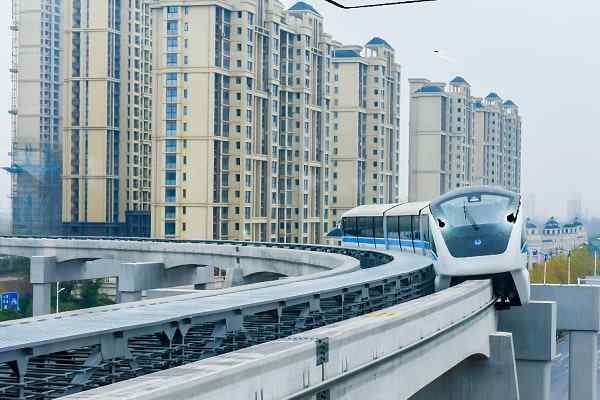 Japan agrees to resume stalled Colombo Light Rail Transit project of Sri Lanka
Japan agrees to resume stalled Colombo Light Rail Transit project of Sri Lanka Understanding the Critical Role of Systems Approach in Urban Railway Projects
Understanding the Critical Role of Systems Approach in Urban Railway Projects Exclusive Interview with Ms. Serda Urganciyan, Partner-CEO at Studio 88 Architecture
Exclusive Interview with Ms. Serda Urganciyan, Partner-CEO at Studio 88 Architecture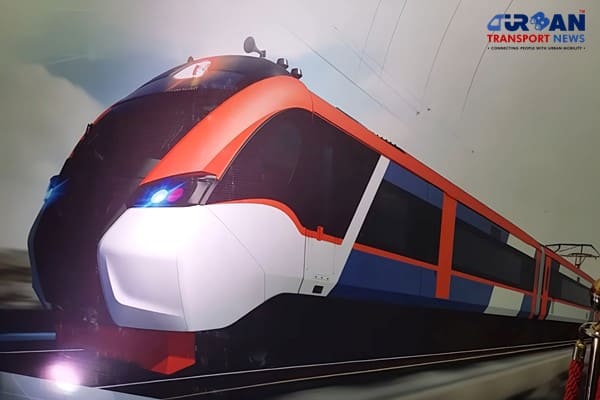 Titagarh Rail Systems set to deliver first sleeper Vande Bharat Train by late 2025
Titagarh Rail Systems set to deliver first sleeper Vande Bharat Train by late 2025
Digitisation brings Speed and Convenience in Urban Mobility

In today's fast-paced urban landscape, the digitization of transportation has ushered in a new era of speed and convenience. The advent of digital technologies has significantly transformed the way people move around cities, offering a plethora of benefits to commuters. Lokesh Chandra, the General Manager of the Brihanmumbai Electric Supply & Transport Undertaking (BEST), shed light on the digital initiatives that are enhancing Mumbai's transportation network. In an exclusive interview, he delved into the key aspects of urban mobility, the challenges it faces, and the strides being made in the realm of electric vehicles and Mobility as a Service (MaaS).
Urban Mobility Ecosystem: A Three-Pronged Perspective
Urban mobility is the lifeblood of modern cities, encompassing both public and private modes of transportation. Lokesh Chandra views the urban mobility ecosystem as a dynamic interplay among three essential components:
-
Government Bodies: These institutions formulate policies and regulations to ensure the smooth functioning of transportation networks.
-
Manufacturers: Companies involved in producing equipment for various modes of transportation are pivotal in the ecosystem.
-
Commuters: The end-users of these transport systems play a critical role in shaping the mobility landscape.
Government institutions responsible for providing and regulating transport facilities are integral stakeholders, shaping the trajectory of urban mobility. The urban mobility ecosystem thrives on the interaction and synergy between these key elements.
Challenges in Today's Mobility Ecosystem: Quality and Reliability
Challenges in public transport largely revolve around two core issues: quality and reliability. Quality pertains to the size and condition of the fleet, emphasizing the need for an adequate number of well-maintained vehicles. Reliability, on the other hand, hinges on real-time information accessibility for commuters, ensuring they can rely on the system. Public transport must evolve to become efficient, reliable, tech-savvy, environmentally sustainable, and user-friendly.
New technologies are instrumental in addressing these challenges, enabling the development of cost-effective and eco-friendly transportation systems that cater to the evolving needs of urban populations.
Electric Vehicles' Surge in the Mobility Landscape
The electric vehicle (EV) sector has witnessed phenomenal growth, with the number of electric vehicles crossing 1.18 million. The state government has taken proactive measures to grant electric vehicles a more substantial role in the mobility ecosystem. An ambitious policy decision aims to double the existing fleet size, reaching approximately 7,000 buses next year. By 2026, the fleet is expected to swell to 10,000 vehicles. The policy further commits to transitioning half of the fleet to electric buses by the end of the next year.
Mumbai currently boasts the country's largest fleet of electric buses, with around 426 electric buses operating in the city.
Leveraging Digital Technologies for Enhanced Transportation Services
The proliferation of smartphones has prompted the launch of a mobile app that allows commuters to track the movement of buses in real-time. This app also provides insights into the occupancy of buses, enabling passengers to make informed choices about their journeys. Commuters can conveniently pay for their tickets through the mobile app. The BEST Chalo app has garnered a considerable user base, enhancing the overall commuting experience. Mumbai holds the distinction of being the first city in India to introduce the National Common Mobility Cards (NCMC), which can be used for fare payments on buses in Mumbai and trains across India.
Empowering Women Commuters
Recognizing the unique challenges women commuters may face in overcrowded buses, BEST has introduced dedicated ladies' commuter bus services during peak hours. The deployment of lady conductors and the employment of lady bus drivers further aim to improve the safety and comfort of women passengers.
Mobility as a Service (MaaS): A Forward-Looking Concept
The concept of Mobility as a Service (MaaS) has gained traction among urban mobility planners. MaaS empowers commuters to plan, book, and pay for various types of journeys through digital channels, encouraging a shift away from personally-owned vehicles and towards mobility provided as a service. This shift has the potential to reduce traffic congestion and enhance the efficiency of publicly-owned vehicles. Mumbai has already implemented a unified gateway that enables commuters to choose between public and private transportation options, facilitating online payments for their trips.
In conclusion, the digitization of urban mobility is revolutionizing the way people navigate the bustling city of Mumbai. The fusion of technology and transportation is paving the way for enhanced convenience, efficiency, and sustainability in the realm of urban mobility.





